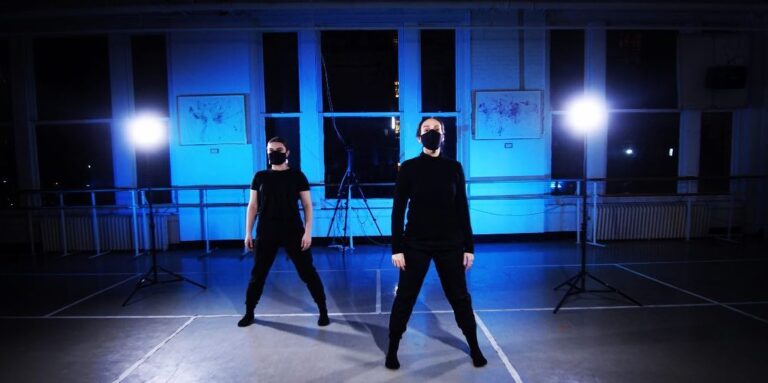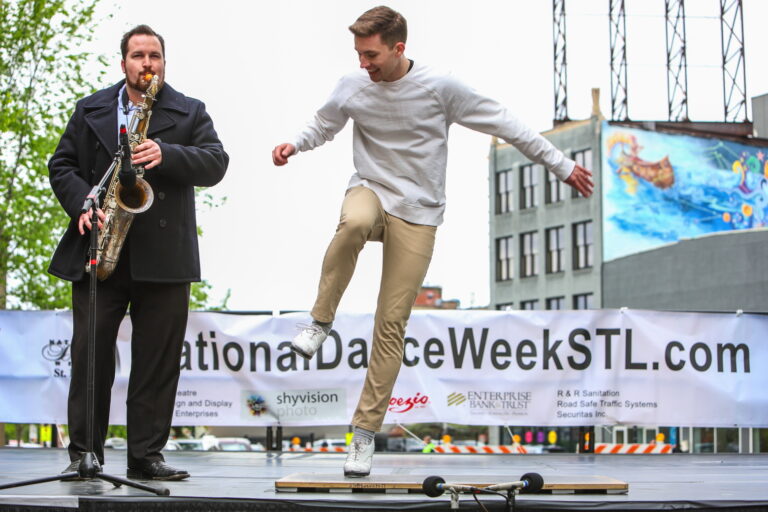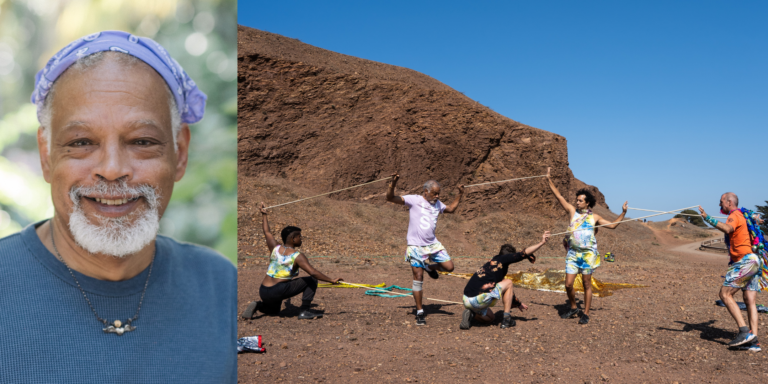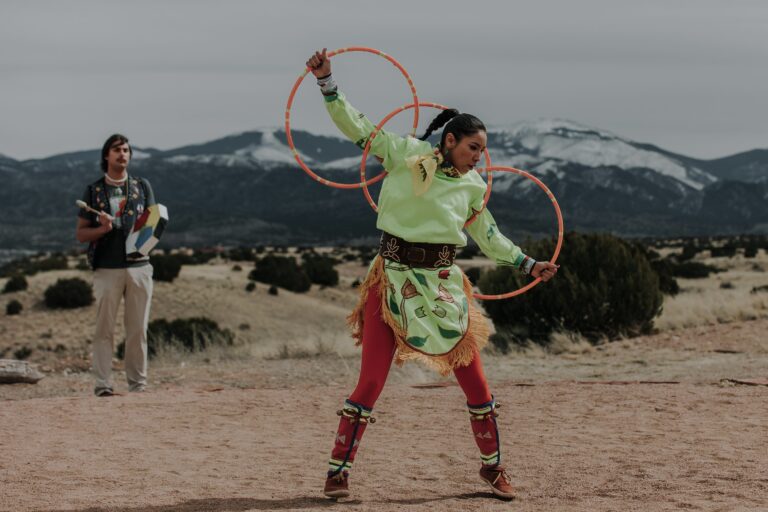Our hips are overachievers. They are the main source of turnout and the axis of all leg movement. Dancers work them hard. No one knows this better than Heather Heineman, physical therapist at the Harkness Center for Dance Injuries at NYU Langone Medical Center. She treats all kinds of hip injuries in dancers, frequently from overuse. That’s due, in part, to dancers’ nonstop schedules. “In most sports, you have spring warm-up season, then you compete, then you cool down, then you take a break,” she says. “You’re still exercising, but you’re doing different movements.” But for dancers, it’s repeat, repeat, repeat, all year round.
Dancers need to know how to properly care for and strengthen their hips—not just for career longevity, but to achieve maximum performing capability. There are several ways hips can suffer, but building the right muscles can help achieve proper technique and avoid injury.
Few athletes use the full range of their hip motion as much as dancers. All that rotation of the femur head in its socket can certainly take its toll. But Heineman adds that common wear-and-tear hip ailments—like snapping hip syndrome, bursitis or a labral tear—often go hand-in-hand with misuse or improper technique. Even in well-trained dancers, weakness or imbalances in the muscles surrounding the pelvis and core can cause a dancer to overwork certain muscles, leading to chronic irritation or worse.
And let’s not forget the constant quest for perfect turnout. We’ve all seen dancers try to force 180 degrees of rotation. They crank from the ankles and knees or tilt the pelvis and stick out the buttocks to find a little more space in the hip sockets. But in turnout, Heineman stresses cheaters never win. In addition to making themselves vulnerable to injury, dancers who try to force extra turnout never actually achieve their fullest rotation. “There’s often more turnout available than what those dancers are achieving the wrong way,” she says.
There’s no shortcut to maximum turnout or to strong, healthy hips. But by incorporating hip- and core-strengtheners into a cross-training routine, dancers will notice a difference over time. Heineman suggests these three exercises, specifically, because they strengthen the muscles needed for leg movement and turnout while stabilizing the core.
Clamshell
Do this for strong external rotators, the group of six small muscles at the back of your hip that run from the hip bone to the femur.
1. Lying on your side, bend your knees so your shoulders, hips and heels are in one line. The pelvis should be neutral, hips stacked one on top of the other.
You should feel this classic exercise in your buttocks. If you feel it in the iliopsoas or the front of the hip, readjust to find a neutral pelvis. Or, change your position so your feet are back behind you and your shoulders, pelvis and knees are in a line.
2. Lift your top knee toward the ceiling, without shifting your hips or pelvis. Think of drawing your top hip toward the heels to keep from hiking or tucking the hip. Lower the knee. Repeat for 2 sets of 10.
Side-Lying Leg Lift
Strengthening your gluteus medius, a smaller muscle behind your hip and under your gluteus maximus, will keep you from overusing the psoas and prevent an anterior pelvic tilt (sticking the backside out).
1. Start lying on your side in a straight line, head to toe, with your buttocks about a fist’s distance from the wall. You can support your head with one hand and place the other on the floor in front of you.
2. Extend the top leg in a mini arabesque so the heel touches the wall behind you.
3. Lift and lower the leg slowly, going as high as you can without hiking the hip. (It won’t be very high.) Keep both legs parallel. In fact, it may help to think of turning in the working leg slightly. Do 2 sets of 10.
Marching
This engages low and deep abdominals to help you separate the movement of the legs from your pelvis—so you can really keep your hips still when you move to passé.
1. Begin lying on your back with a neutral pelvis, knees bent and feet flat on the floor. Exhale slowly, through pursed lips, like you’re blowing air out through a straw. You should feel your lower abs engage.
Rest your hands on the insides of your hips to make sure your psoas muscles aren’t engaging, or popping out against your fingers, too much. You don’t want the hip flexors to do all the work.
2. Using the abdominals and relaxing the psoas, lift one leg up so the shin is parallel to the floor and the knee is at a 90-degree angle. Keep the pelvis steady. Lower slowly. Switch legs. Repeat for 2 sets of 10.
Finding that sweet spot that’s neither tucked nor arched can be tricky, even for teachers. For instance, you can never tell if a dancer is in alignment by looking at her backside, Heineman says. Everyone’s derrière is a different size, and you don’t want to encourage a curvier dancer to tuck her pelvis. Instead, look at her front. The pelvis is in a neutral position when hip points and pubic bone are on a level plane.
Some dancers could lean into a lunge position all day and not feel a stretch in their hip flexors. Heineman has the solution: Lie on your back, feet flat on the floor. Lift your pelvis up into a bridge and slide a foam roller under your sacrum. Pull both knees toward your chest. Hold onto one while you lengthen the other and lower it toward the floor. Keep one hand on your knee and the other on the foam roller to hold it in place. Keep lengthening the leg as long as possible; then allow the knee to bend and lower the heel to the floor. The foam roller tucks your pelvis under for an exquisite stretch across the top of the hip.




